A decade ago, a shipment slump hit the manufactured housing industry. It actually started earlier in 2000, but by 2004 it was undisputed that shipments had dipped all across the country. The hope was that this decline was no different from those that happened before. Surely, sales would pick up and the good life would return. Now ten years hence, those hopes have been dashed. A new normal has set in. But has it? Recently, I asked industry professionals from all across the country if they were satisfied with an annual shipment level of 60,000 units?
60,000 units is the high point over the past three years. This uptick has again convinced some that the good times are about to roll again. But really? The April shipment numbers show that for the year, 19 states have increasing shipment numbers, four states have no change and 25 states are still declining!
So, in total, a handful of states have sufficient shipment increases to mask the decline in a broader range of states.
Taking the long view, the industry since the dawn of the HUD code produced one million HUD code homes in just its first three years. Over the following years, the next million mark took 4 or 5 years but recently it took a full 12 years to go from 7 million homes to 8 million. At the industry’s current pace, it will take 17 years to reach 9 million total homes.
Production of homes of course is but one industry metric. The number of HUD code plants has declined from 550 to 123.
A move back to the average performance of the industry over the 2000’s (which would mean doubling today’s production levels) could be a starting point for an industry goal. How do we get there? First, we need to recognize that many of today’s challenges existed back then too. Finance obliviously is an even more severe hurdle for customers and the industry. But fundamentally, the industry must strengthen each of its building blocks.
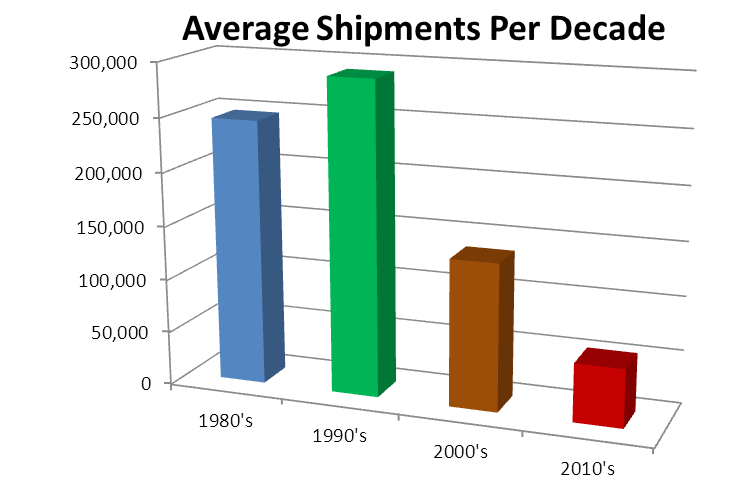
Customer demand leads to new sales which leads to new orders which leads to filled community sites.
How do we fuel customer demand?
Interestingly, my thought is that we begin with the desired outcome and work backward.
An honest assessment of unfilled sites would say that many are not very attractive. Empty sites often are next to undesirable homes or unkempt spaces. Not places where a customer would want to put their shiny new home. We can do better.
The lack of independent retailers is also a factor. Few points of sale means less industry advertising. Essentially in many markets, the industry has gone dark on TV and other media. Given today’s technology we can reach customers in inexpensive ways. We can do better.
Ozzie and Harriet would love our homes. Too bad, they only represent a very small share of today’s households. The recent MHI design award winners point the way to new ways to think about what customers want. Notice I didn’t say “need” because customer buy based on wants. Only the housing desperate buy based on need.
How do we get to a new brighter future? It all depends on whether you’re satisfied with 60,000 annual shipments. If you are, do nothing. If not, we have work to do. ##
.png) Ross Kinzler
Ross Kinzler
Executive Director
Wisconsin Housing Alliance




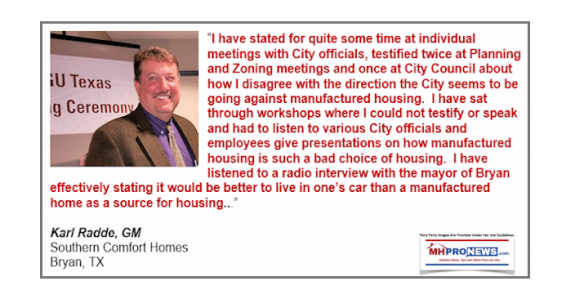

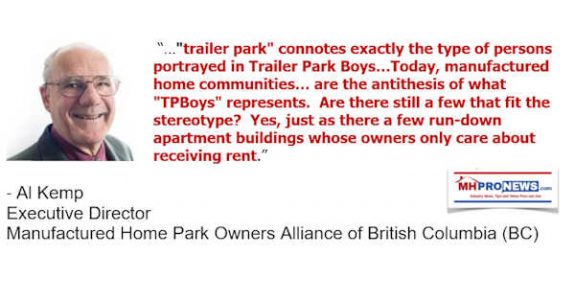



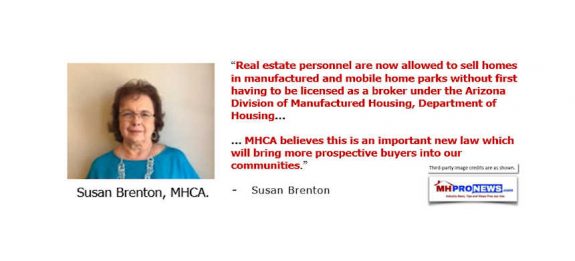
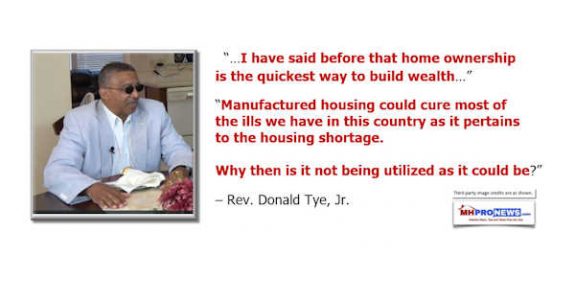
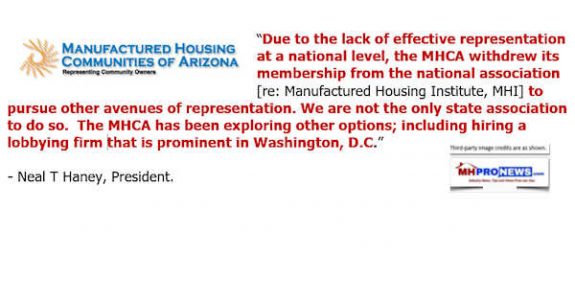

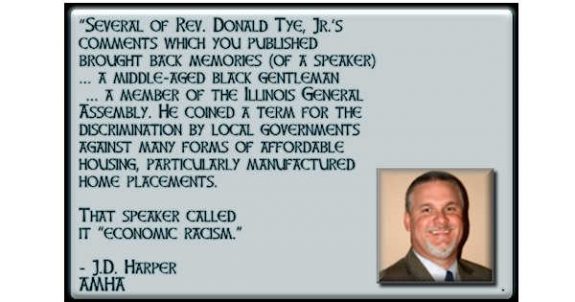
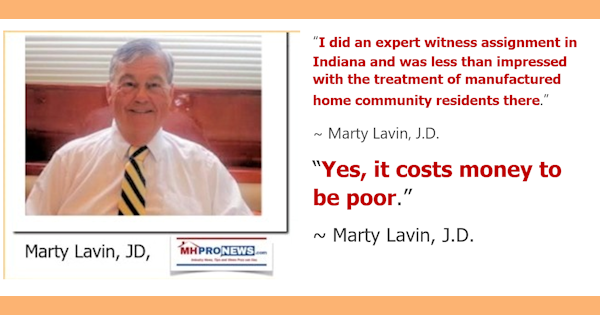

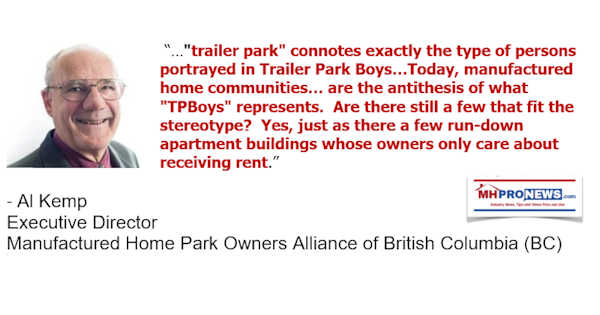
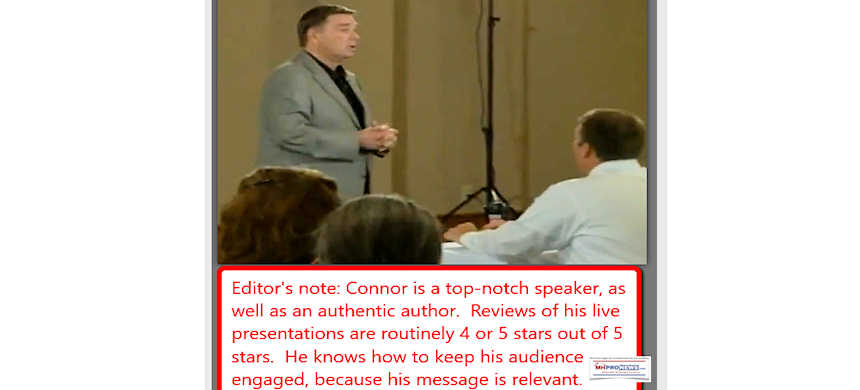


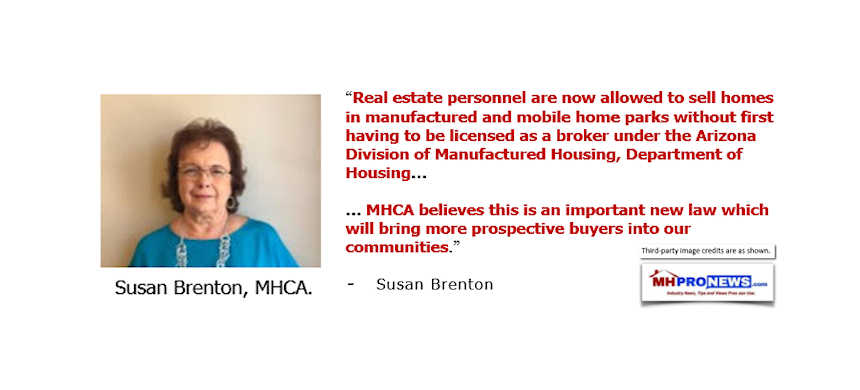
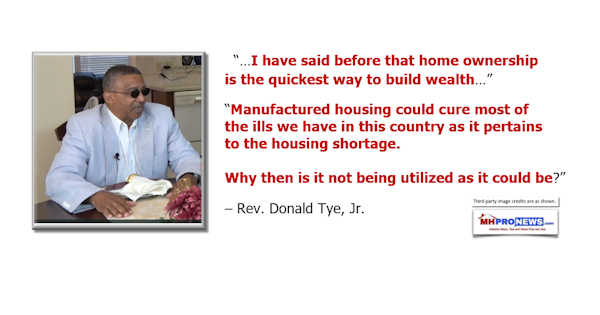
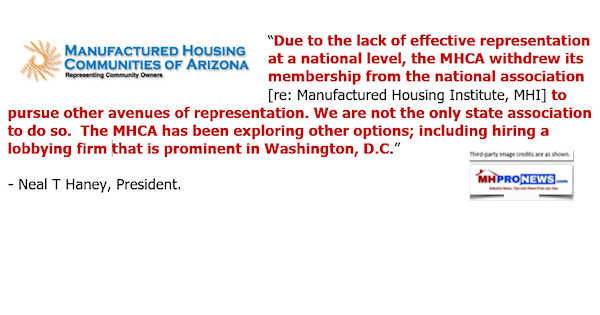

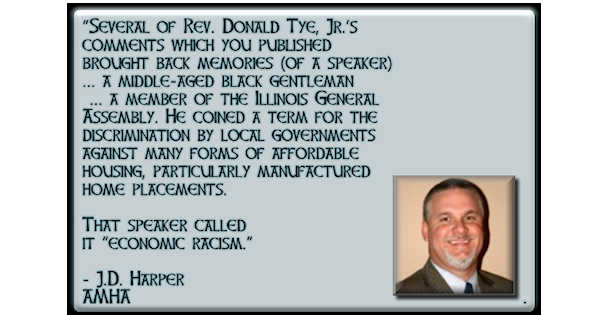
Karl Radde – TMHA, MHI, Southern Comfort Homes – Addressing Bryan City Leaders, Letter on Proposed Manufactured Home Ban
To All Concerned [Bryan City Officials, Others]: As the retail location referenced by Mr. Inderman, I would like to take a moment to address the …